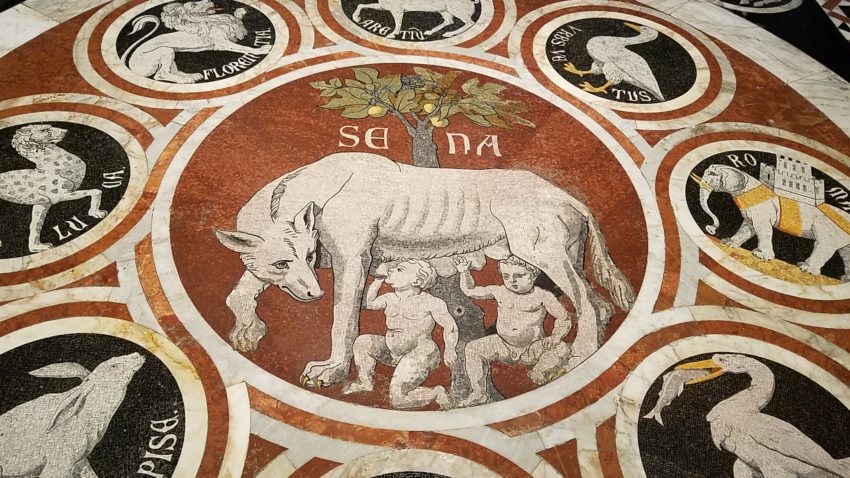[Part I here.]
I have come to conceptualize many of the people who are drawn most powerfully (and obsessively) to these extreme activities this way: they don’t want to live without them. And for some of the most extreme practitioners, engaging in these things is the only time they feel alive—during the activity and preparing for it both mentally and physically. Ordinary life holds no special charms for them (or for some, perhaps no charms at all). For such people, ordinary life is barely living (that’s why Wallenda said that life is on the wire and the rest is just waiting). So risking their lives is an easy decision to make, because without these activities they don’t really have lives at all.
Why they are this way I don’t know, but I think they are and for them that’s that. So their calculations make sense, and that’s why the deaths of so many friends cause them grief but do not stop them from engaging in the same activities.
Plus, they increase the risks by small increments over time. They get hooked on the activity itself immediately. But as they pursue it and practice it, they get better and better and soon activities that once seemed very risky seem very basic and simple to them and really aren’t all that risky. And all their friends are doing it; do they even have friends that don’t engage in the same activities?
So over time—and I’m talking years, ordinarily—they incrementally increase the risk factor to get the same high (to coin a phrase) and the same feeling of challenge. Along the way they must conquer any feelings of fear that they have, so they have become skilled at conquering fear and then at some point the usual calculations don’t kick in because by then they are so adept at conquering fear. From Potter again:
Potter was joined by a new companion on recent adventures: his miniature Australian cattle dog, Whisper. Bringing along his pet made him realize the danger of his calling, he said.
“It wasn’t until I started having to think through the likelihood of something happening to Whisper that I finally got it,” Potter told the Denver Post last month. “This is really serious stuff that we do.”
Whisper was not with Potter [when he died].
So perhaps Potter had reached the point where he had trouble assimilating the idea of risk for himself. Only for another being—his dog—could he see it.
Potter also wrote the following after a good friend had died base-jumping, indicating again that it was only through perceiving risks to other people that he could see the sport’s true riskiness:
“Though my body is warm inside the nylon suit I start to shiver and wonder if what we’re doing is right,” Potter wrote in the blog. “Wingsuit BASE-jumping feels safe to me but 25 wingsuit-fliers have lost their lives, this year alone. There must be some flaw in our system, a lethal secret beyond my comprehension.”
People who love these sports love the physical and mental challenges, but what appears to drive them is need. It is defined as a need for freedom, a need to pursue what one loves (from a piece about Mario Richard’s death):
Empinotti added that everyone in the BASE jumping community has been to the funerals of friends who succumbed to the risks of the sport. Richard had no illusions about his chosen activity, she said.
“This is your happiness and you have to pursue happiness and we are the kind of people who are not afraid to pursue happiness, though we know that the cost is high ”” if you get hurt then you get hurt badly, or you die,” she said.
“He wasn’t just out there not caring about his life or his life with his wife. You leave this tsunami behind you when you die, so you need to be aware of that, and he was.”
Puzzling that one over, it seems to me that it contains a contradiction. They know that it’s risky. There is not the slightest room for a mistake, and even the best (and Richard was one of the very best) can make mistakes if they jump enough. But the key to the whole thing is “this is your happiness.” Is it really their only happiness? Is there no other way for them to be happy? How do they define happiness? Does ordinary life not hold joy for them? Or is the joy that comes from free-climbing or base-jumping just so much greater that other joys pall, and they will risk everything—again and again and again—to feel that happiness again?
This poem by Yeats is about something quite different: a death in war. And yet I kept thinking of it as I read these articles and contemplated the state of mind that drives people to free-climb and base-jump. It seems to me that the poem expresses that state of mind perfectly [emphasis mine]:
AN IRISH AIRMAN FORESEES HIS DEATH
I know that I shall meet my fate
Somewhere among the clouds above;
Those that I fight I do not hate
Those that I guard I do not love;
My country is Kiltartan Cross,
My countrymen Kiltartan’s poor,
No likely end could bring them loss
Or leave them happier than before.
Nor law, nor duty bade me fight,
Nor public man, nor cheering crowds,
A lonely impulse of delight
Drove to this tumult in the clouds;
I balanced all, brought all to mind,
The years to come seemed waste of breath,
A waste of breath the years behind
In balance with this life, this death.






